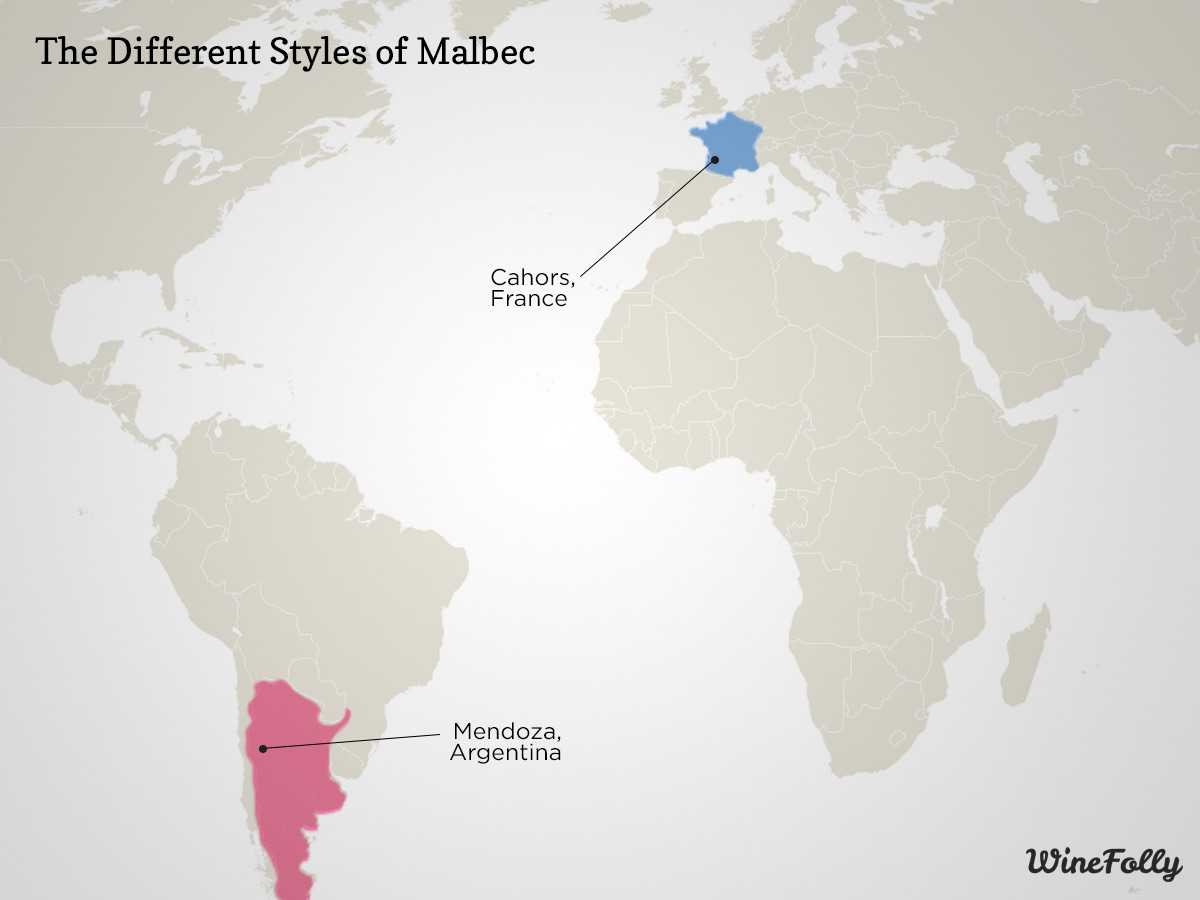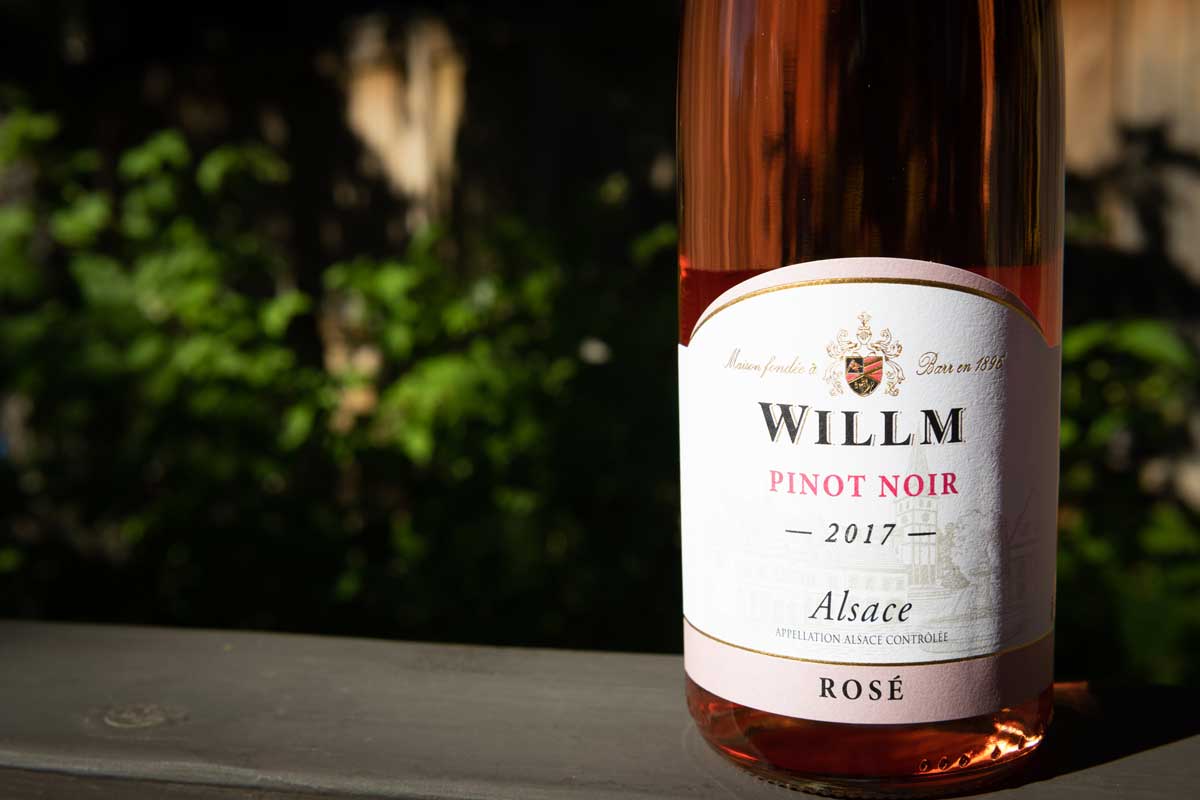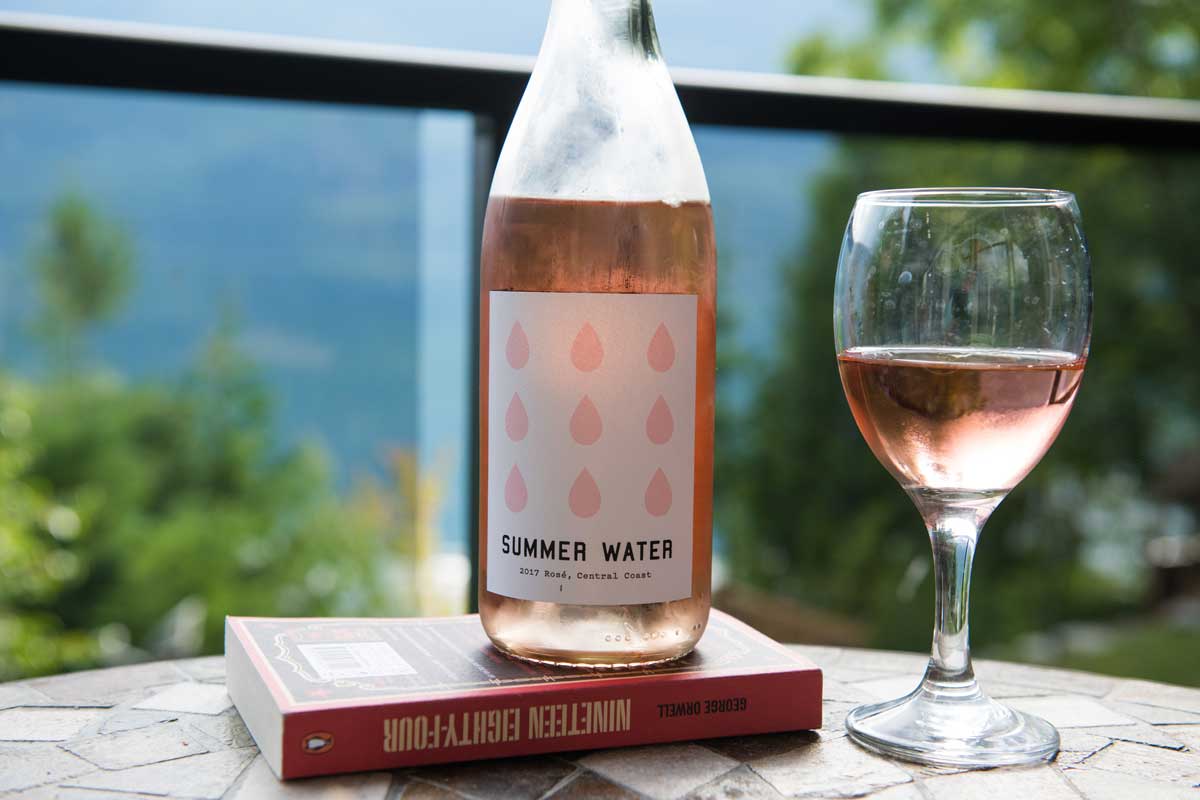You’re probably familiar with Old World and New World wines, but have you heard of New Latitude Wines? Wines from Brazil, Thailand, India, Vietnam, but also Norway, Sweden or England fall under this category. What are they? Let’s explore!
What Is New Latitude Wine?
The grapevine thrives in temperate climates between the 30th and 50th parallel of latitudes in both hemispheres. These two narrow bands on the map are shifting, however, and global warming only partly explains why. Higher temperatures have made grape-growing possible at higher latitudes: just look at England, Netherlands, Sweden, Norway, even closer to home in Nova Scotia! But there’s more and more winemaking at low latitudes as well, even in tropical conditions. Together, these “new” wine regions fall under “New Latitude Wines”.
Let’s have a closer look at how it has become possible to successfully grow and ripen grapes in conditions previously deemed “unsuitable” for viticulture. We’ll also zoom in on a few of these countries.
How Do Grapes Grow in Extreme Environments?
Hybrid Grape Varieties
To a large extent, we can grow and ripen grapes outside of the “traditional” latitudes thanks to hybrid grape varieties. Hybrids are crossings of two grapes of two different vine species, and they are more resistant to fungi, phylloxera and other diseases and pests. They also tend to ripen earlier.
For decades, these hybrid grape varieties had one major drawback: they had a rather unpleasant taste with aromas of wet dog and chewing gum (yuck!). However, the newest generation of hybrids are actually hardly distinguishable from the “classical” grape varieties.
Innovative Viticultural Practices
New hybrid varieties have made it possible to grow grapes in wetter, cooler or hotter climates, but advanced viticultural practices are equally important. Carefully timed irrigation, as well as different vine pruning or training techniques all determine whether grapes can successfully grow in a certain climate. In tropical countries, for instance, the grapes are usually pergola-trained, so that the canopy of grape leaves protects the grapes from the scorching sun. We’ve become better at adapting the vine to its environment, which can provide lessons for current wine-growing regions that are dealing with the effects of climate change.
Winemaking in Cold Countries: High Latitude Wines
If you decide to start making wine in a cold and wet climate, you definitely have to like a good challenge. For starters: getting a grape perfectly ripe is really difficult. The weather is pretty much always unpredictable. As Canadians, we are pretty familiar with these crazy weather patterns – from frost in June, to hail, to an early freeze in the fall. All of these are huge threats (not just to our outdoor activities!).
Your best bet in colder climates is to produce sparkling wines (a strength of the English wine industry, for example), as well as crisp white wines. A bright acidity and relatively low alcohol content are hallmarks of wine from colder regions (not unlike their cool climate counterparts).

Wine of Nova Scotia
A great high latitude example close to home, Nova Scotia has a small, but interesting wine industry. Here, 20+ vineyards are clustered around the Gaspereau Valley, in the Annapolis Valley. If you happen to be in the area, take a tour through this historical region on a magical double-decker bus straight out of Harry Potter!
The Bay of Fundy is crucial in successfully growing grapes here. The large body of water acts as a heat sink, moderating the temperatures. The wineries have mostly hybrid grape varieties planted such as L’Acadie Blanc, Seyval Blanc or New York Muscat. Vinifera grapes grow here as well, such as Chardonnay and Riesling. Most production is consumed locally, but outside of the region you might be able to find a great sparkling wine. (Get it, you won’t be disappointed!)

Norwegian Wine
In Norway, grapes are commercially grown as far as 59º N! Lerkekåsa takes pride in being the most northerly vineyard in the world (For comparison, that’s pretty much on the border of Alberta and the Northern Territories). The country has a short growing season, with threats of late spring frost and heavy rains. However, the long summer days are great for ripening grapes. The fjords also help, reflecting the sunlight back onto the vineyards, and the mountains accumulate heat and provide good drainage.
Norway grows predominantly white grapes, with Solaris, Vidal, Bacchus and Riesling as some of the common grape varieties.
Winemaking in Tropical Countries: Low Latitude Wines
Until 30 years ago, the grapevine was deemed unsuitable for cultivation under tropical monsoon conditions. Today there exist some 125,000 ha of vines in India and South-East Asia alone!
Tropical viticulture comes with its own set of challenges. There’s the constant heat (25–35°C) during harvest and fermentation – making it necessary to cool grapes down in the winery, before they are processed.
Wine growers need to select their grape varieties carefully: they need to be able to ripen even with shorter sunlight days, with a high fungus and waterlogging resistance.
The biggest difference between tropical and regular viticulture is that there is no dormancy period of the vine. Immediately after harvest, the growing cycle starts again. As a consequence, quality-conscious vine growers need to prune twice a year: after harvest and right after the Monsoon before a new growing season starts.

Thai Wine
Thailand defies the notion that viticulture is only possible between the 30th and 50th parallels, since it is located around the 15th parallel. There are two harvests: a summer harvest in July and August and a winter harvest in January and February.
The wineries are located in three areas:
- Northern Thailand: Chenin Blanc, White Malaga, Shiraz, and the indigenous grape Pok Dum are mainly planted on the high vineyards in northern Thailand.
- Central Thailand: The second area is Khao Yai on the Korat Plateau in Central Thailand, where vineyards are located at some altitude to take advantage of the wind and some cooling at night. Shiraz predominates here.
- Southern Thailand: Not far from Bangkok is the Chao Phraya Delta. This is the home of Siam Winery, producers of Monsoon Valley, the biggest player on the fledgling Thai wine scene.
Siam cultivates grapes on “floating vineyards”. Between the cultivation of coconuts, rice and bananas, you’ll find rows of vines between narrow channels, intended to drain water. The manual harvest usually takes place in the evening, with gondola-type boats transporting the grapes to the cellar. Chenin Blanc is made in a fruity style here. Sometimes it has some residual sugar, so it fits well with Thai cuisine and tastes. The Shiraz is full and round, yet not particularly complex.
Siam was founded in 1986 by Chalerm Yoovidya, whose family is better known for inventing the energy drink Krating Daeng or Red Bull. They also produce grapes in the Hua Hin Valley, where Asian Elephants and lush green hills form an uncommon vineyard sight.

Indian Wine
In the immense country of India with its 1.3 billion inhabitants, the wine industry is relatively small. Currently, the per capita annual wine consumption is about 9 milliliters! With an ever-growing middle class and a more liberal attitude of the Indian authorities, the domestic wine market is growing.
India’s modern wine industry started with pioneers in the 1980s. Sula Vineyards, now the country’s largest wine producer, entered on the stage in the 2000s. About 100 wineries produced around 17.6 million litres in 2019. Most wine that is consumed in India is also produced within the country, since import duties are sky high.
Much of India is unsuitable for viticulture: it is way too hot and too wet in the summer months. Most viticulture is concentrated in two states: Maharashtra and Karnataka, where higher altitude regions offer the grapes some more coolness. In India, the vines are often horizontally guided in a pergola style, so that the grapes are protected as much as possible from the bright sun. Irrigation and frequent pruning are necessary.
Explore New Wines
Before you run to your local wine store to pick up a bottle of Thai wine, we should point out that you won’t easily find these New Latitude wines outside of their country of production. That means you probably won’t come across them in our WineCollective packages either. Still, we do want our members to realize how vast the world of wine truly is. As you learn more about wine, you realize there is so much else to discover!
So, even though you may not be able to track down a bottle of Vietnamese wine or Swedish wine unless you take a trip to these countries, you can still surprise yourself! Try a wine from a grape variety you’ve never heard of before. Maybe seek out a bottle from a wine region that’s new to you. And while you’re at it, consider becoming a member of WineCollective and receive new and familiar, but always amazing wines to your doorstep each month!

























































